But when I started to explore ticketing about a year ago to streamline traffic management for my projects and those of some of my clients, I realized the potential AI had to simplify the ticketing process. I started to get excited about the potential. (That's a euphemism for "I totally nerded out.”)
Now, I‘m sharing what I’ve learned to help you implement AI ticketing and streamline some potentially cumbersome human-driven processes.
Table of Contents
- What is an AI Ticketing System?
- How to Create Your AI Ticketing System in 6 Steps
- How AI Ticketing Works
- 3 Top AI Ticketing Features
- AI Ticketing Apps
What is an AI Ticketing System?
An AI ticketing system is simply an automated way to streamline workflows, automate repetitive actions, and ensure the right tickets get to the right people.
Done right, these ticketing systems work — 67% of support leaders are already seeing value from automation efforts, with 84% of reps agreeing that AI makes it easier to respond to tickets.
In this context, I'm specifically referring to customer service and marketing project management, but there are myriad use cases, including:
- Marketing organizations
- IT help desks
- Healthcare
- Travel
- Logistics
- ecommerce
Suffice it to say, if you handle any volume of requests or you're forecasting a significant increase, an AI ticketing system is worth your while exploring.
How AI Ticketing Works
AI ticketing uses artificial intelligence and machine learning to simplify ticket management. Natural language processing (NLP) is now easily accessible, which makes AI ticketing increasingly user-friendly.
Depending on your needs and software, AI ticketing systems range from simple to incredibly complex. For example, my ClickUp-based ticketing system uses a simple form that triggers automations like ticket assignment, ticket priority and timing, and status update notifications.
On the other end of the spectrum, you might have an AI chat feature that uses NLP to assess customer intent and attempt to answer it, either with a specific answer ("Your shipment will arrive Tuesday. Here's your tracking number.”) or by providing a helpful resource.
Regardless of what AI ticketing solution you choose, know that your customers are probably on board — 73% think AI will improve the quality of customer service.
Pros of AI Ticketing
There are countless reasons that AI ticketing represents the future of customer service. Some of the top benefits include:
Faster Customer Service
Often, AI ticketing allows customers to solve problems themselves, reducing wait times by freeing up customer service reps to handle more challenging issues. This is one of the driving forces behind adopting AI — 60% of leaders were most excited about faster responses.
Improved Productivity
Instead of waiting for a human to look at a ticket, evaluate it, and assign it to another human, AI speeds up the process, routing tickets to the right person in seconds. 78% of customer support reps are seeing increased efficiency.
Less Busywork
Gone are the days of repetitive tasks. You can automate just about anything that previously required manual workarounds. 80% of customer support specialists agree that saving time is a crucial benefit.
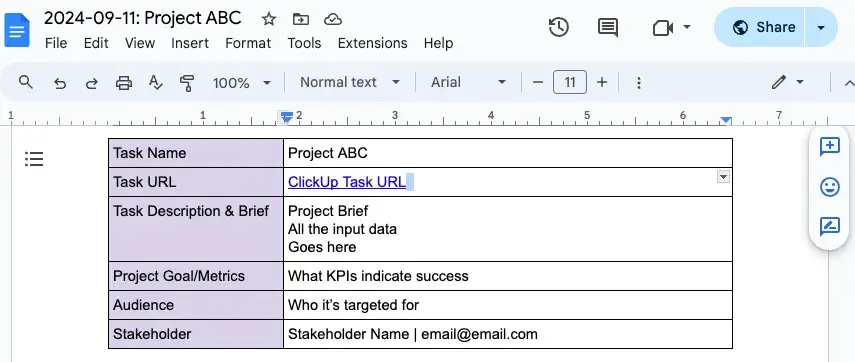
For example, since my ticketing system helped manage marketing and copywriting projects, nearly every ticket required creating a Google document. I used Zapier to connect ClickUp to Google Workspace and created and pre-populated my documents with creative brief information I previously had to copy and paste. This simple automation alone, which included a specific naming convention, saved me as much as 15 minutes per project, which really adds up.
Team Capacity Planning & Forecasting
As data rolls in, you'll see how many tickets are self-resolved, patterns when tickets are more likely to come in, and the type or scope. From there, you can evaluate if your team is large enough or deep enough to handle the volume on any given day.
Scalability
A well-designed AI ticketing system can help position you to scale. So even if one person currently manages all of the tickets, or you currently only handle two at a time, by building a system that helps you categorize the different stages and task assignments, you can easily design it to grow with you.
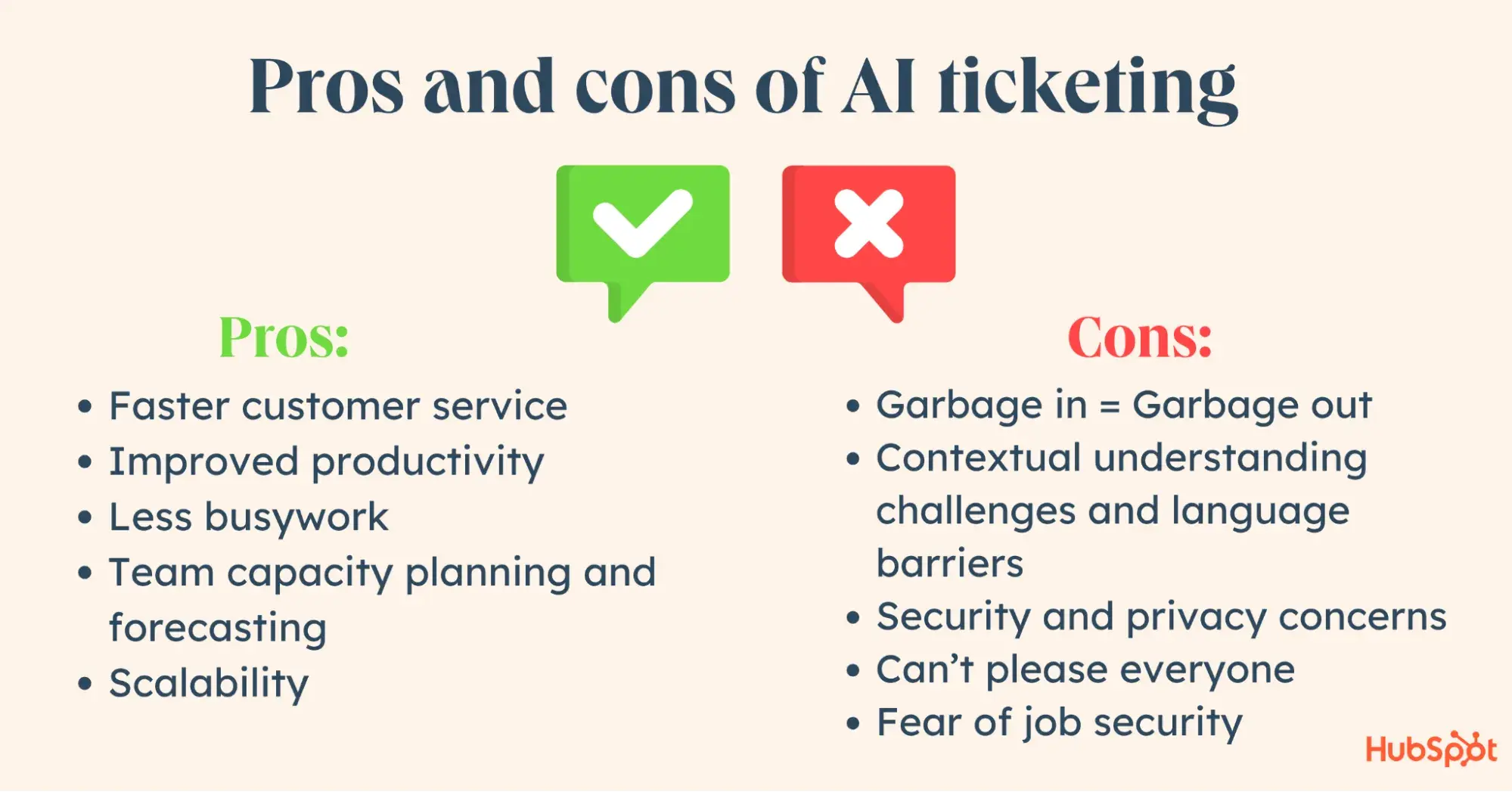
Cons of AI Ticketing
Nothing is perfect. And that means that AI ticketing has some downsides — over half of support teams are concerned about the negative effects. Most are figure-out-able, but they are definitely worth your consideration.
Garbage In = Garbage Out
Data quality is a genuine concern. Based on what I‘m reading, that’s not changing anytime soon. So, good data handling and cleaning processes will continue to grow in importance.
That's just one concern related to data quality.
Air Canada implemented an NLP chatbot that offered a passenger a discount that didn‘t exist because it determined the offer was a reasonable response to the passenger’s request. When they didn‘t honor the discount, the passenger took them to court and held them accountable for the chatbot’s response.
The lesson here is to ensure your chatbot only draws on existing policies and offers your customers a link or point of reference. As a result, a few clients have decided that the risk those chatbots present is too great, and they're going with predefined responses.
Contextual Understanding Challenges and Language Barriers
While this is the opposite of the Air Canada problem I mentioned, AI may struggle to understand the context or intent of the user. When people use colloquialisms or idiomatic language, AI may provide responses that don't come anywhere near solving the problem, leading to frustration.
Security and Privacy Concerns
Any online system comes with the risk of a security breach, so having solid cybersecurity and data management policies in place is essential before using any AI. This risk grows based on the level of regulation your organization is subject to. For example, if you're in finance or healthcare, there is a significant amount of sensitive data to protect.
Maintaining compliance here might require teaching your AI ticketing system how to recognize when users share sensitive information and reminding them not to share it.
Can't Please Everyone
There will always be someone who is more frustrated due to working with AI ticketing than pleased. It's the modern equivalent of jamming 0 on the phone and repeating with increasing levels of frustration: “Representative!” or “I want to talk to a human!”
A single bad experience can result in a lost customer.
However, if you can turn it around and offer exceptional customer service, 75% of people will do business with you again.
With that in mind, it's a good idea to be aware of when some of those concerns might arise and take steps to head off any issues proactively. For example, you can program AI to route the issue to a representative after three failed attempts to solve a problem.
Fear of Job Security
Taking the pulse of the workforce, there‘s a lot of fear out there that AI is coming for people’s jobs, especially as generative AI becomes increasingly sophisticated. Those fears are normal and understandable whenever a portion of your job is marked obsolete.
But as people start to see the benefit of more time spent strategically and less on busywork, those fears are starting to turn around. Globally, 50% of workers now think AI will help them earn more.
If this is a problem you face, then it's time for some education and transparency around how you see the role of AI in your customer service department.
3 Top AI Ticketing Features
We’ve covered the benefits and drawbacks of AI ticketing, but I haven’t yet touched on the features that are most important for AI ticketing.
Ticket Automation
Make sure your system can assign, categorize, and prioritize your tickets. This means getting super clear on the expected process and workflow so you can set the ground rules for your AI ticketing system to follow.
Ticket Tracking & Dashboards
Your AI ticketing system should help you — and, if applicable, your customers — stay on top of what‘s happening with tickets. To that end, you’ll also want at-a-glance dashboards that help you get a bird's-eye view of everything.
Reporting and Analytics
Ultimately, AI ticketing should improve the experience for your team and your audience. So, you‘ll want to keep an eye on key metrics and how you’re performing.
How to Create Your AI Ticketing System in 6 Steps
- Define your process, workflows, and the information you need.
- Identify automations and integrations.
- Templatize your communications.
- Identify opportunities for future scaling.
- Create your dashboard.
- Test & iterate.
There‘s no single best software solution out there, and there’s no one “right” way to create an automated ticketing system. Whether you use one of the apps I'm sharing below or create your own system like I did, there are two things to keep in mind:
- You can use as much or as little AI as you want.
- You can take things one step at a time, and as you uncover new optimizations, you can implement them one by one.
So, let's dive into the “how” of building and implementing AI ticketing.
Step 1: Define your process, workflows, and the information you need.
Map out all aspects of your process, brain-dumping every step and touch point.
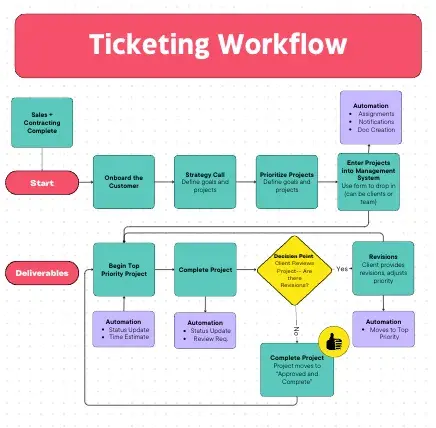
You may find data flow diagrams helpful for identifying your workflows and defining touch points. The example above shows how I defined the ticketing process and how to automate and handle client tickets.
During this phase, if you plan to use a form for ticket submission, identify all the data you'll need for each stage. You can always adjust and adapt as you go, but having a baseline framework is important.
Even if you plan to use NLP to create your tickets, it's a good idea to go through this process to help your AI ticketing system understand the criteria for decision-making.
Step 2: Identify automations and integrations.
In the diagram above, I shared some of the automations (in purple) I wanted to create, which also helped me identify the integrations I needed. Again, I used ClickUp, so some of the automations and integrations were native, others I had to connect via Zapier. My automations included:
- Ticket priority
- Ticket category
- Task assignment
- Document creation (bi-directional Zapier automation with Google docs)
- Stakeholder status updates (native integration with Gmail)
- Ticket reprioritization if changes needed
Depending on your workflows and use case, you‘ll have different automations and integrations than I did. So before you go all-in on a specific app, it’s a good idea to review their native integrations, explore what you can do with Zapier, and talk with their customer service team, perhaps even through their AI ticketing system.
Step 3: Templatize your communications.
It‘s almost guaranteed that you’ll have some communications that you either want your AI ticketing system to use as a template or that you'll use after ticket creation outside of any AI interaction.
To ensure they communicate what you want in your brand voice, now's the time to identify what you want to say and what fields you can use to populate the information.
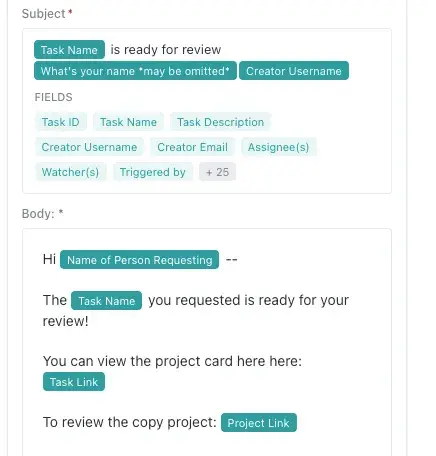
I've included a screenshot of one of my status update templates above. You can see how I used the fields from my ticketing system to ensure the update is accurate.
Step 4: Identify opportunities for future scaling.
How do you foresee your use of this system growing? While it's downright impossible to forecast every potential future development, if you know your use will increase significantly, then accounting for that now will make your life easier down the road.
For example, I created an email marketing program for the digital marketing department of a large client with multiple audiences. This included creating an AI-powered ticketing system to track requests and help manage project oversight.
Even though the program was in its infancy and we were only handling a handful of campaigns a month, I knew the number would grow, so I identified the touchpoints that might require the support of additional resources. While currently, all aspects are assigned to a single person, we can easily update the automation as we grow.
Step 5: Create your dashboard.
Your AI ticketing app may come with dashboards that you can customize. However, if you're creating your own, you have an opportunity to design dashboards that work for your needs.
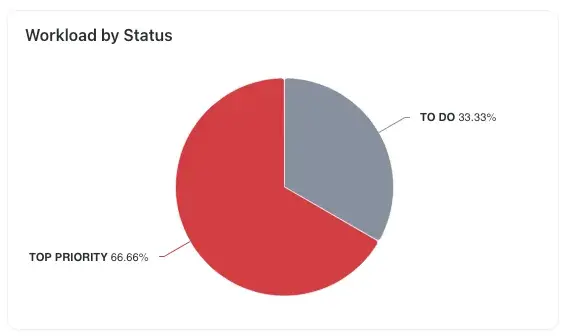
Step 6: Test & iterate.
Once you‘ve configured your AI ticketing system to meet your needs, it’s time to test and make sure it's working the way you want it to. I encourage you to get as many testers as you can to help you handle any challenges and make updates along the way.
AI Ticketing Apps
Project Management Apps
I've mentioned ClickUp and Monday. Although these are not considered the leading AI ticketing systems, I was already using them for other workflows, so it made sense to get more out of apps everyone was already familiar with (and that was already a budgeted expense).
1. ClickUp
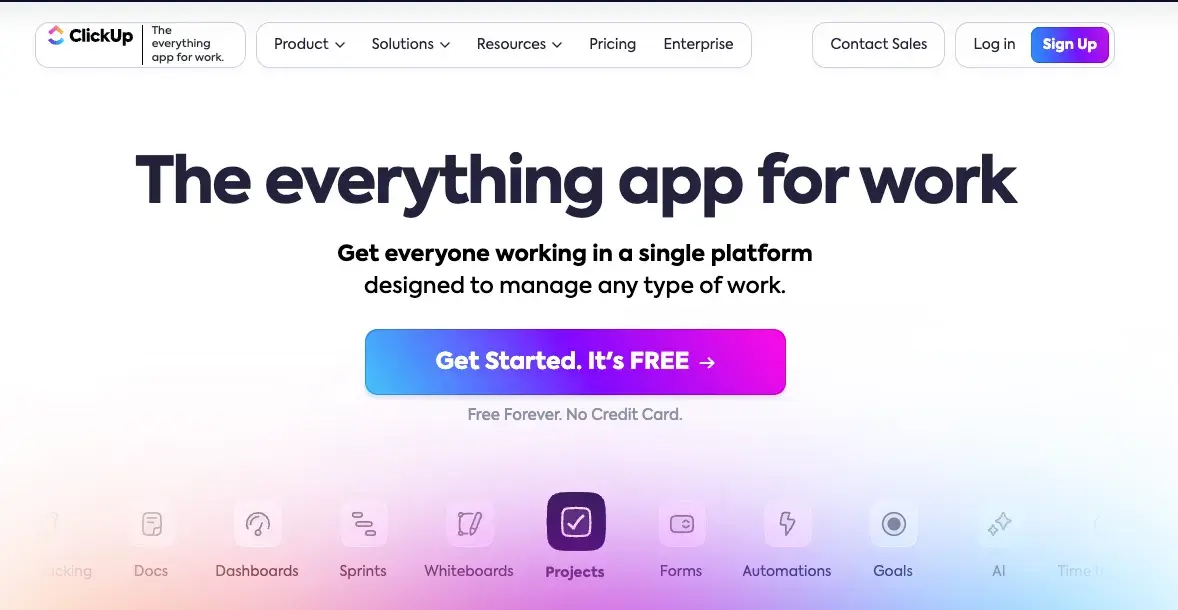
ClickUp is one of my favorite project management tools because it‘s so flexible. I found that creating dashboards, ticketing systems, and automations wasn’t particularly intuitive, but there are a ton of great resources out there. After watching a few YouTube videos from Layla at ProcessDriven, I was able to build my own system in a few hours.
While this may not be considered a full-scale AI-powered ticketing system, it does have significant AI-driven capabilities.
Pricing: ClickUp does have a free plan, but you need the $12/month business plan to get the automations and integrations and $7/month to get access to ClickUp AI.
2. Monday
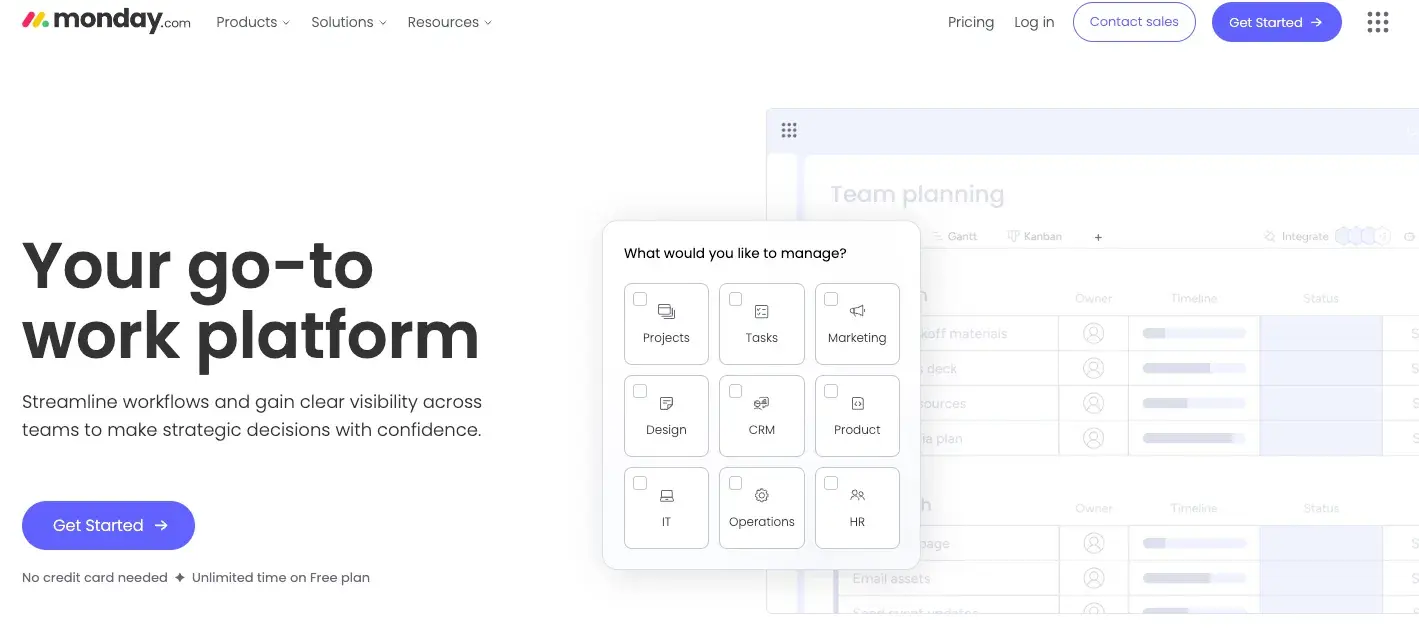
Monday is my next favorite when it comes to project management tools. I used Monday because my client was already using it, making it an ideal choice, but like ClickUp, I needed some outside support. Where did I turn for that support? ChatGPT.
Here's the script I used to kick things off:
"I need to create a ticketing system on Monday to track email marketing campaign requests and management. I'm uploading a file that outlines all the fields and categories I need. Help me understand first, how to set this up in Monday, and second, how to automate notifications and the different steps."
My pal GPT gave me options for structuring the Board and Workspace, and I went from there.
Pricing: Monday also has a free version, but you’ll need the $12/seat/month to get access to the automations and integrations.
AI-Driven Ticketing Apps
3. HubSpot Help Desk & Free Ticketing Software
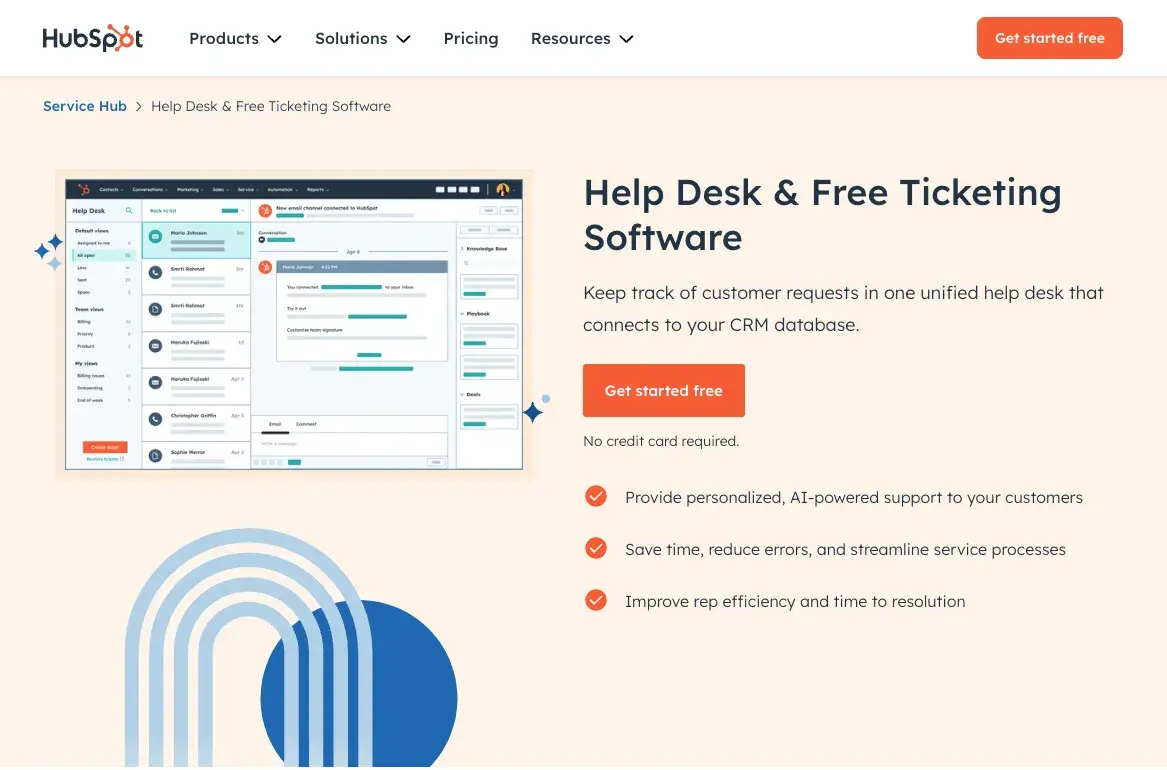
HubSpot offers help desk and ticketing software designed to help you scale customer support and satisfaction. If you‘re using HubSpot or plan to use HubSpot, it’s an ideal solution because it fully integrates with everything you're already doing for sales, service, and marketing.
And when you couple it with HubSpot's AI (Breeze), you can create a fully functional AI ticketing system.
Pricing: There’s a free version available. Once you scale to 5 users, you’ll need to pay $15/month/seat.
4. Worknet
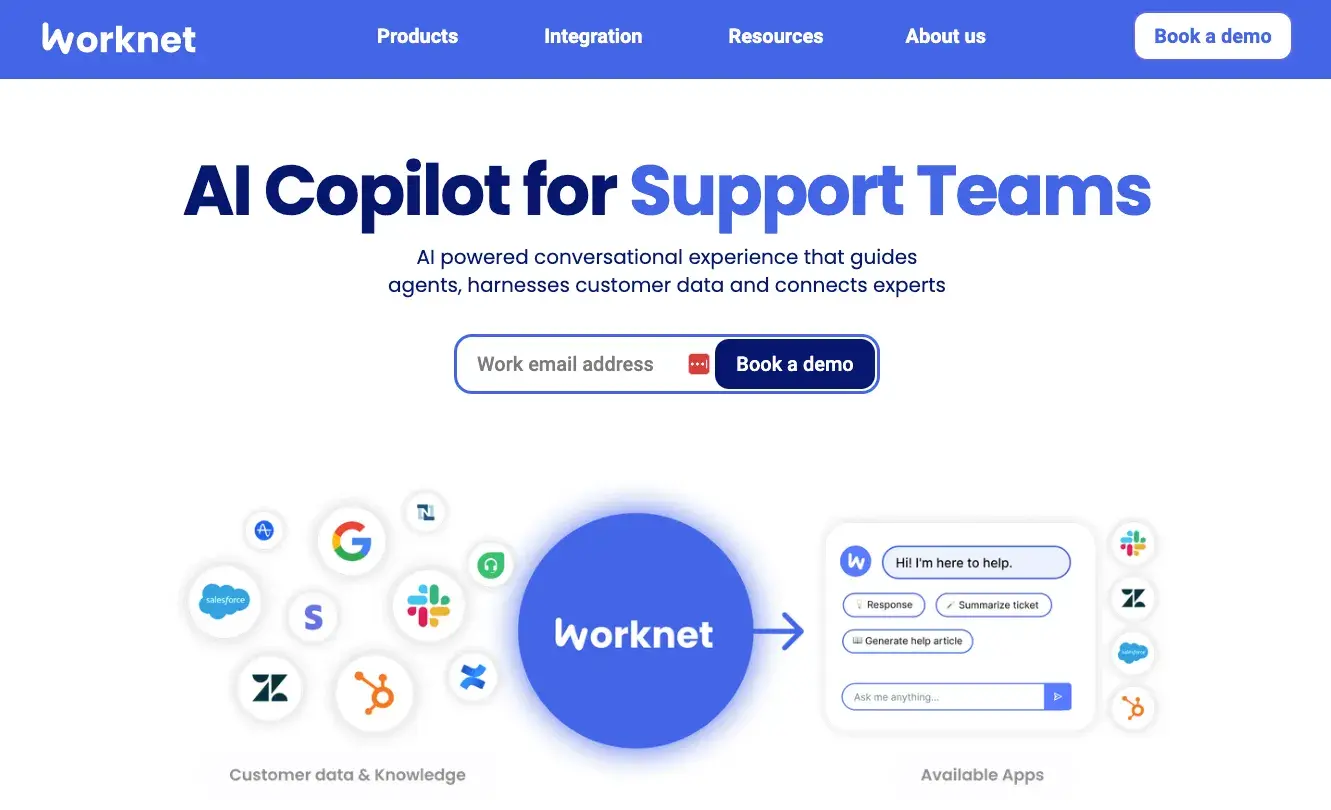
Worknet is a standalone AI customer service solution that allows you to create a ticketing system and turn responses into a customer knowledge base. With integrations with Intercom, Zendesk, and Salesforce, it can be a great way to take your customer service into the future.
Pricing: Unclear — hidden behind a demo.
5. Zendesk
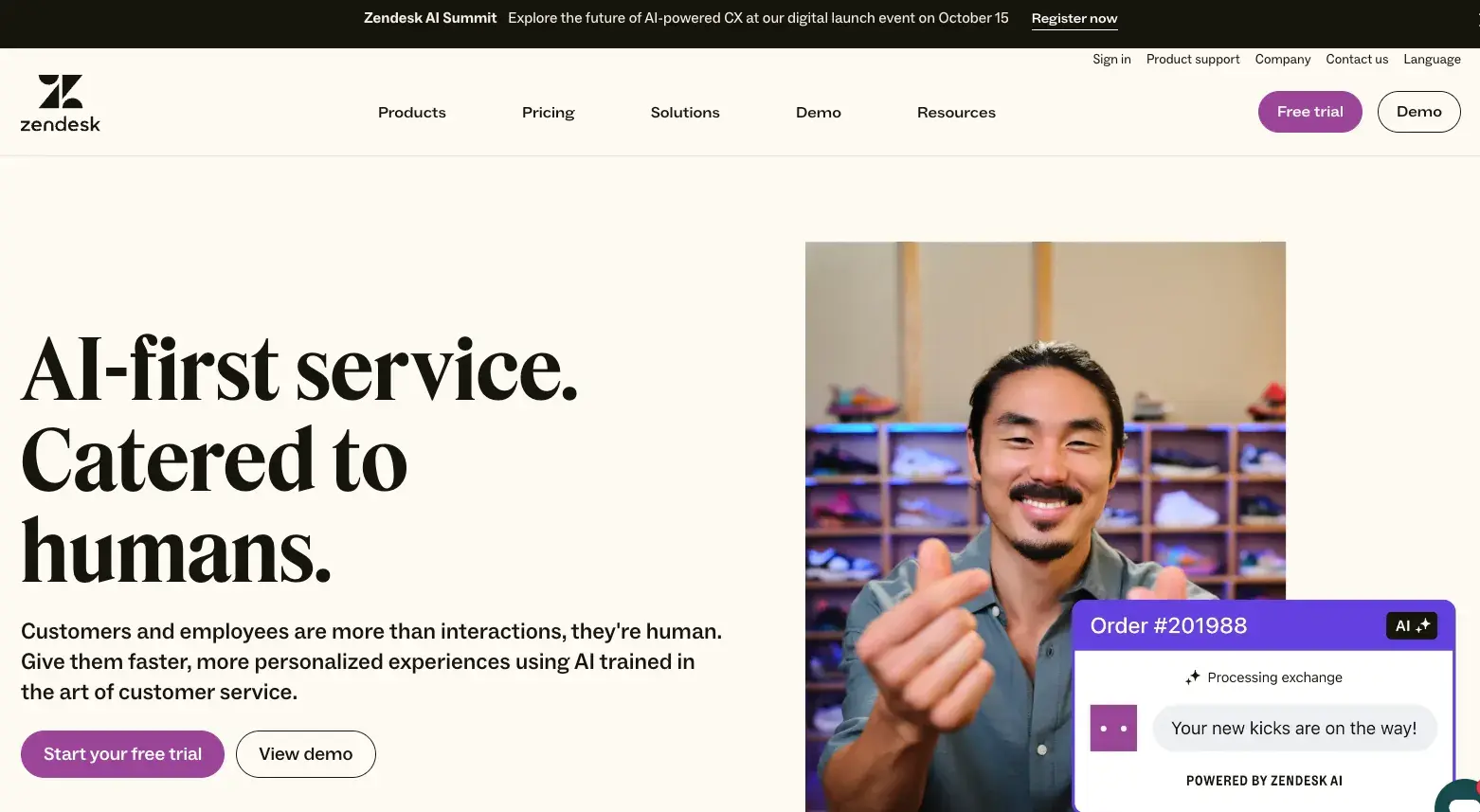
Zendesk has a strong reputation for helping companies develop customer service ticketing systems. What's more, they have countless integrations, including with HubSpot, ClickUp, and Monday.
Pricing: Zendesk offers a free trial, and starts at $55/user/month. However, you can build your own plan for as low as $19/user/month
Your AI Ticketing System is Closer Than You Think
The bottom line is that AI-powered ticketing represents the future of customer service. While not everyone needs to adopt it at its highest level, if you don't consider using automated ticketing systems to improve your productivity and customer service are sure to be left behind.
As consumers become increasingly sophisticated, I think it‘s fair to predict that they’ll expect answers at their fingertips in a way that will be difficult to provide with humans alone.
And the good news? Implementing an AI ticketing system no longer requires an advanced degree in computer science — with a host of options available, it's easier than ever to start implementing your technology.
Best of all, AI is here to help. All of the platforms I've shared use AI support, and when you need more, you can always ask generative AI how to do it … or escalate your request to a human.
Artificial Intelligence
.webp?width=112&height=112&name=Help-Desk-EN@3x%20(1).webp)

.webp?)
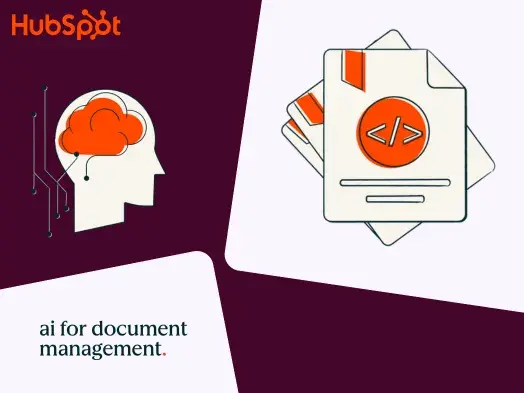
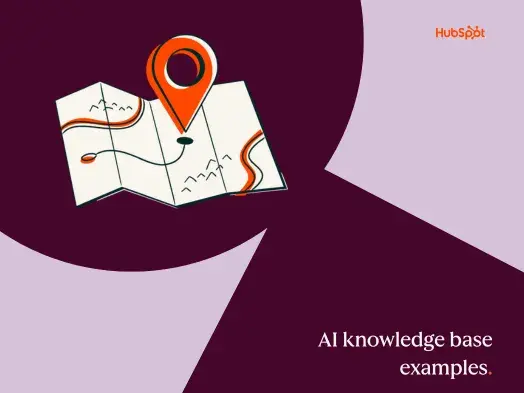
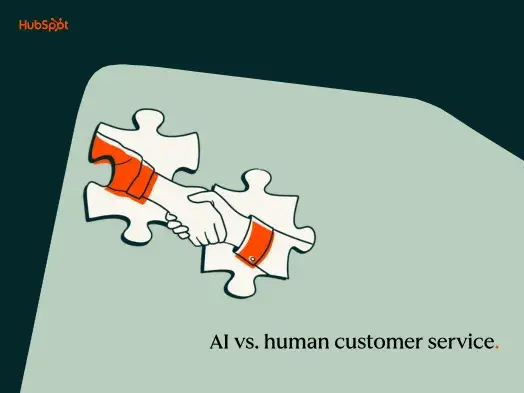

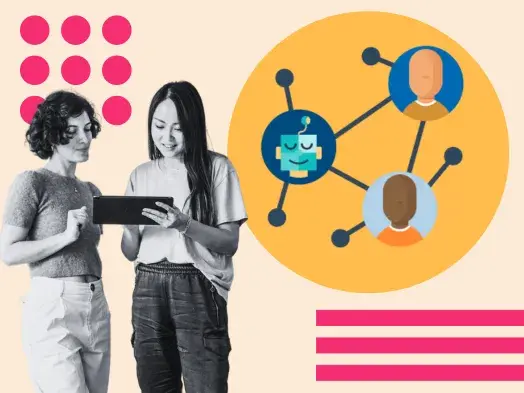
![How AI Can Unlock Customer Insights [+Expert Tips]](https://53.fs1.hubspotusercontent-na1.net/hubfs/53/customer-insights-ai-1-20241101-2082956.webp)



